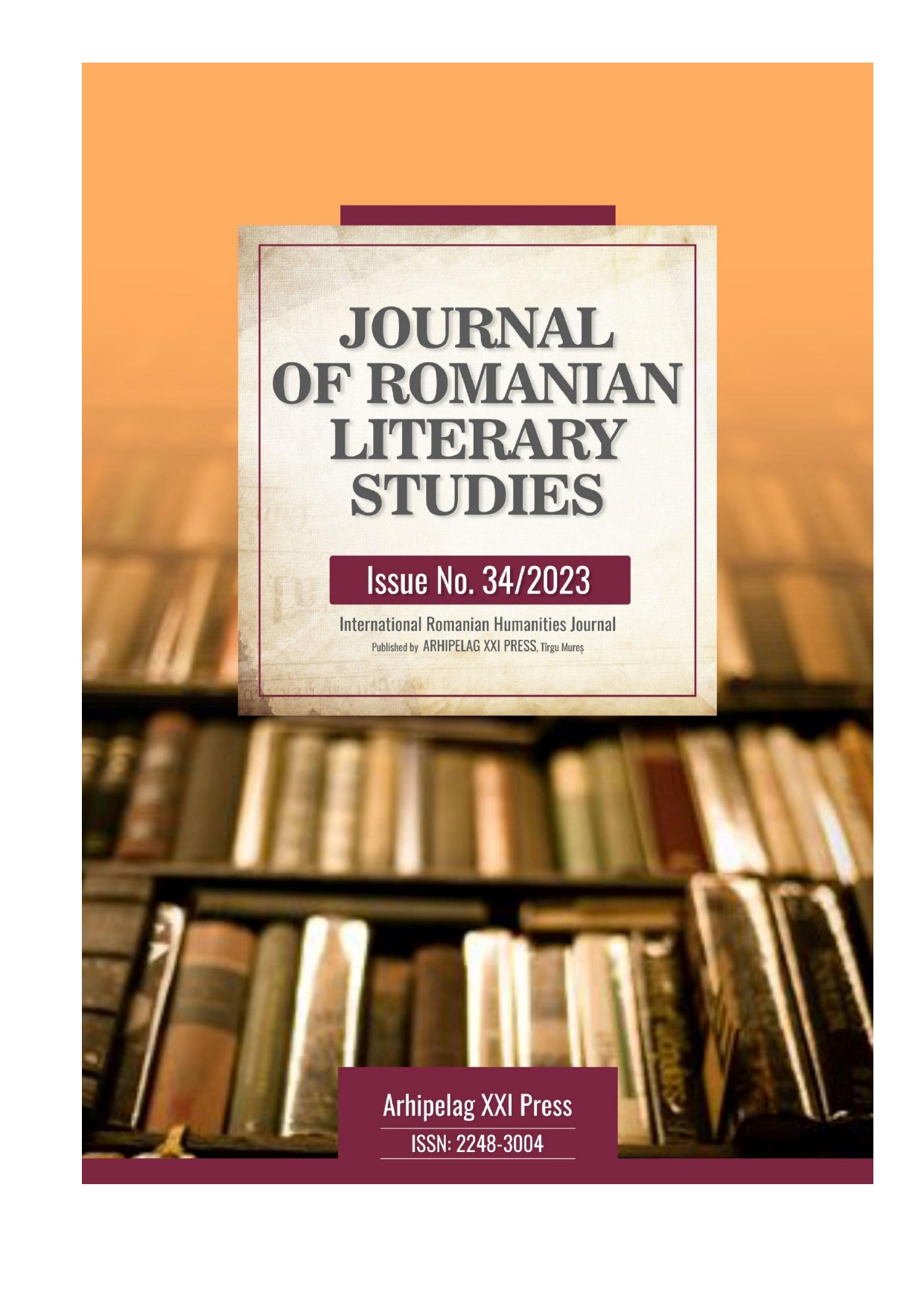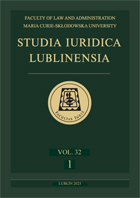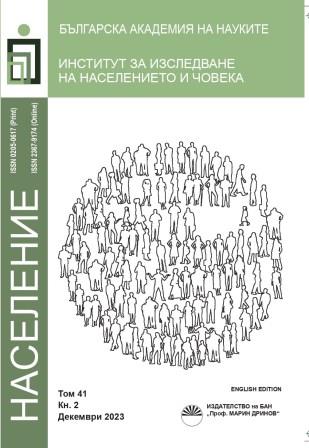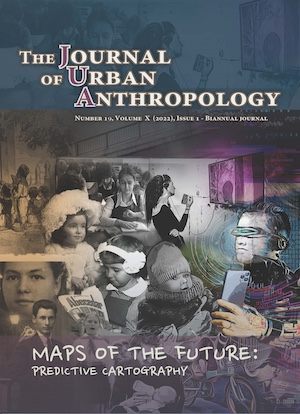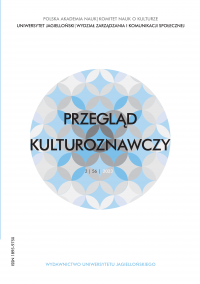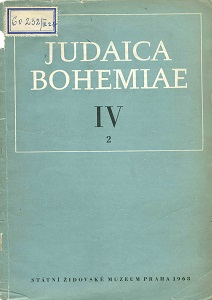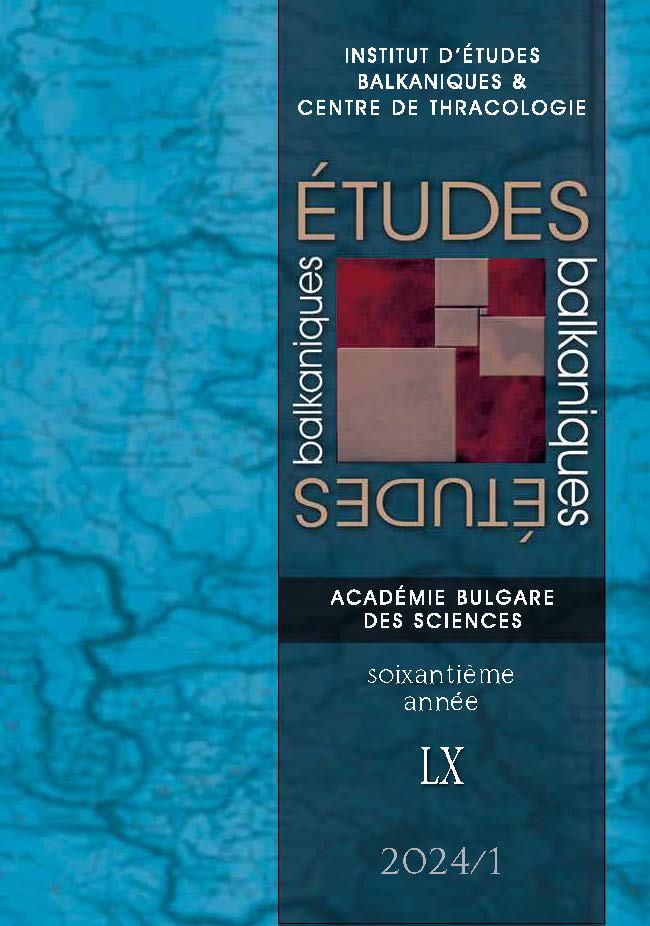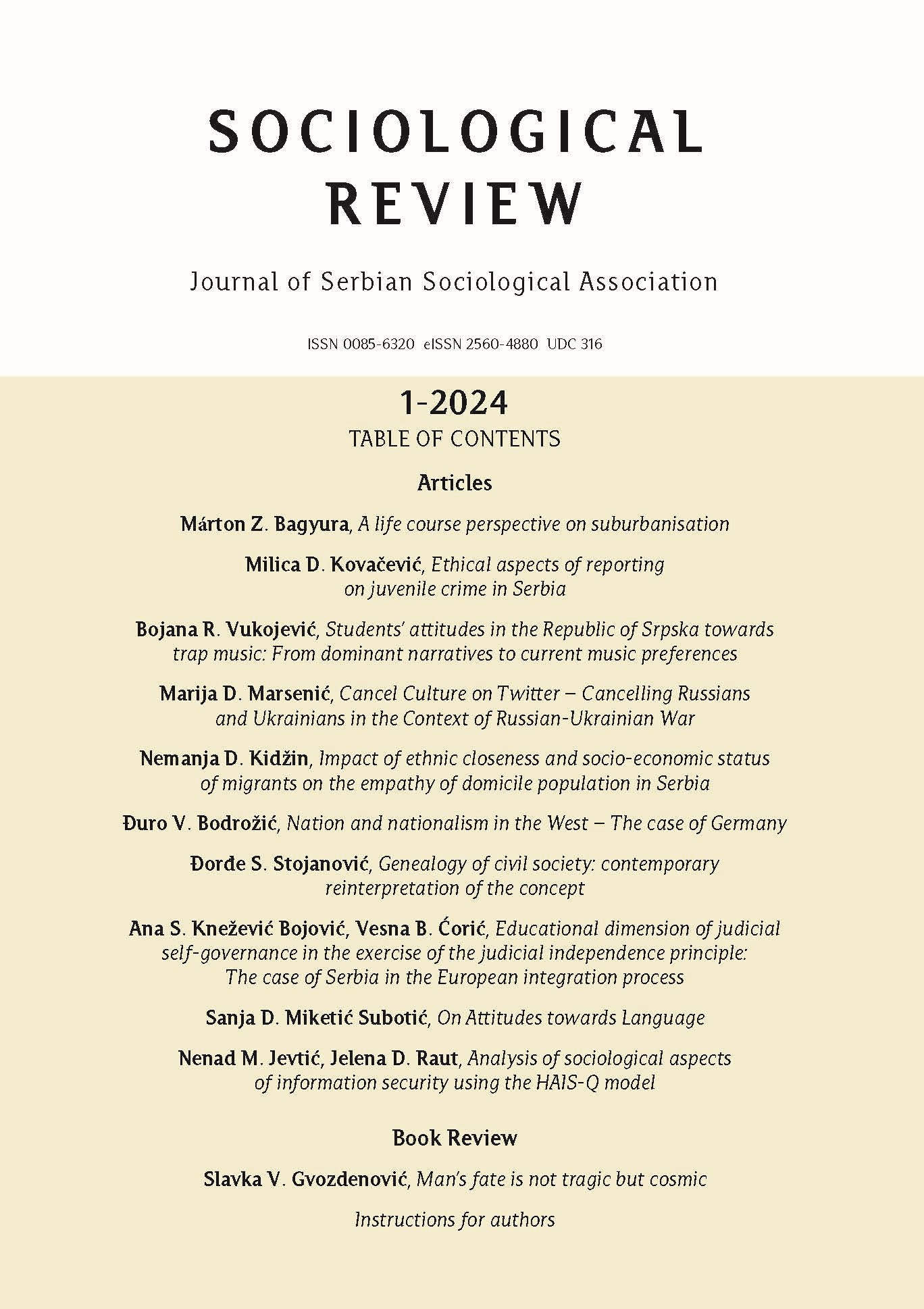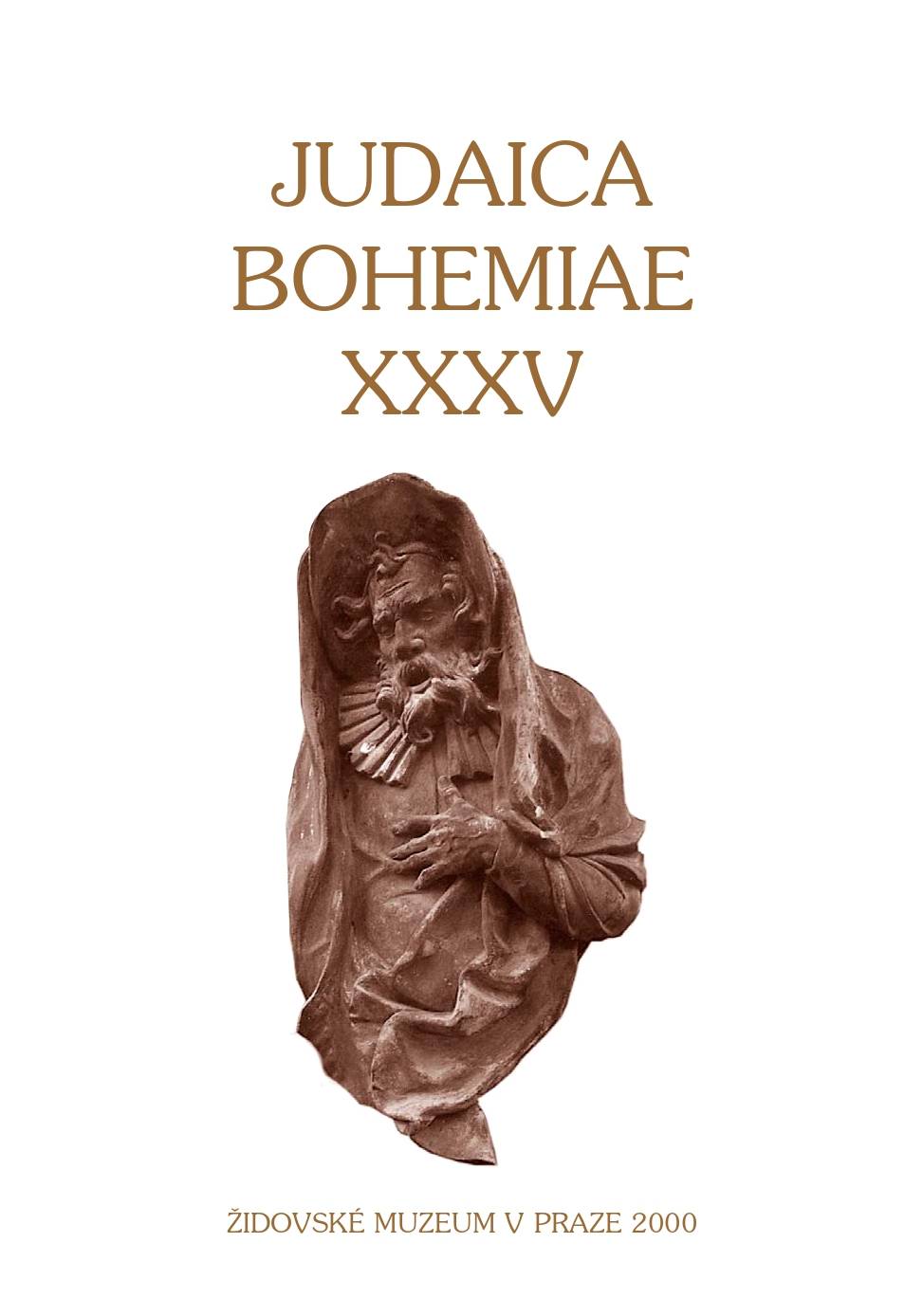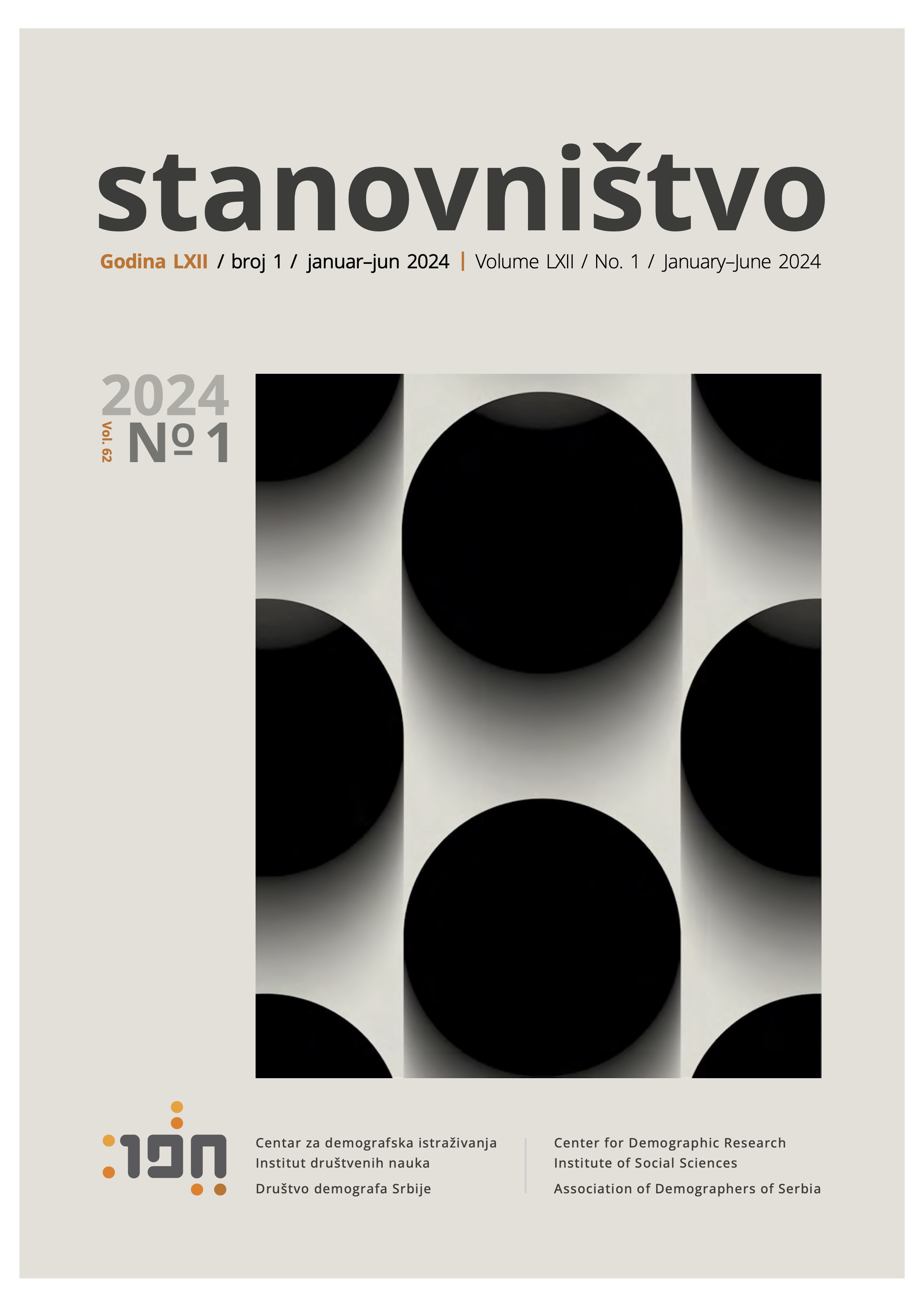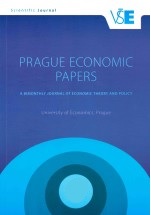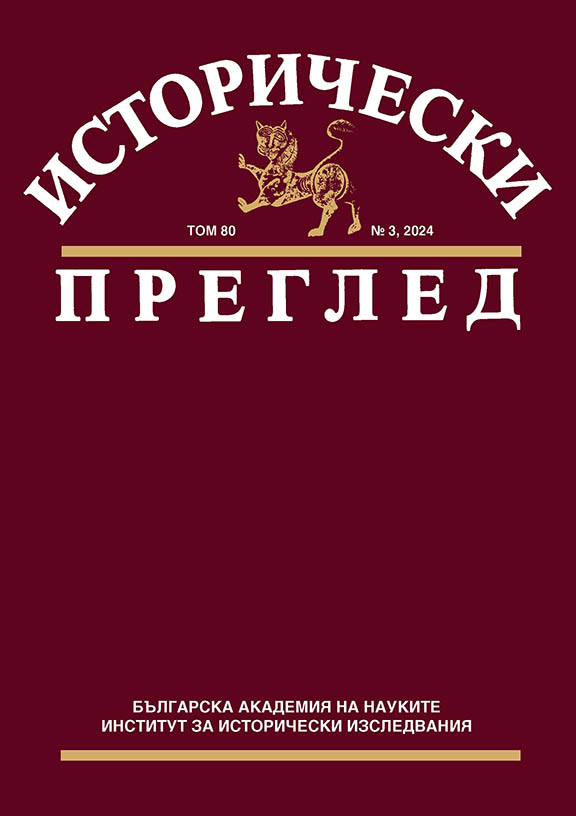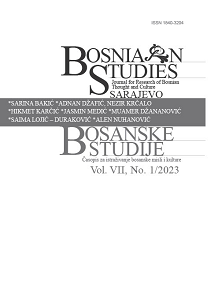
Bosanska Krajina in the Bosnian Serb’s demographic projections of 1991 and 1992
For Serb nationalists, the region known as Bosanska Krajina was of identified, in the run-up to the war as being of special strategic importance, primarily due to the need to establish a corridor through it, to the Kninska Krajina. The paper provides a brief analysis of how important the demographic composition and forecasts of this part of Bosnia and Herzegovina was for that policy; what kind of elaborations were created and what their ultimate goal was regarding the Bosanska Krajina - whether as a separate administrative unit within the “the truncated Yugoslavia” or as part of the Serb state west of the Drina river. The common goal of the protagonists who contemplated both of these options was for the Bosanska Krajina to be predominantly Serb and with only an “acceptable number of non-Serbs”. Since the focus of the work is on the projections made before the outbreak of aggression against the Republic of Bosnia and Herzegovina, we will also refer to the actions of the Serb governing structures in solving the “demographic issue” in the Bosanska Krajina.
More...
